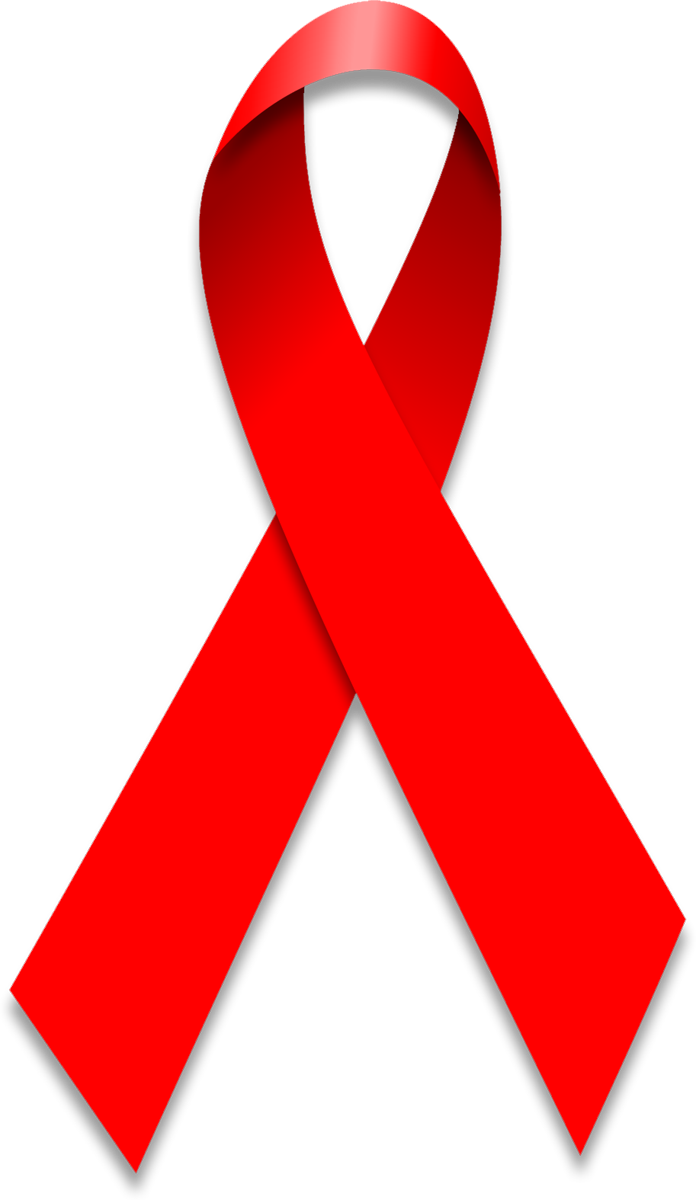EDITORIAL COMMENT: Giant strides made in HIV/Aids fight but . . .

ZIMBABWE joined the rest of the world in commemorating World Aids Day yesterday as the country continues to grapple with the pandemic which has decimated families and wreaked havoc with the socio-economic development of the nation. While HIV has progressively been accepted as a terminal ailment akin to cancer, considerable work still needs to be done to remove the stigma associated with the disease.
An aggressive campaign for testing and treatment undertaken by Government and its partners has seen a massive reduction in new infections while those diagnosed with the disease have been put on Anti-Retroviral Drugs, greatly improving their lives and reducing their chances of passing on the virus.
A lot more needs to be done to conscientise the population and improve the country’s chances of achieving the target of eliminating HIV by 2030. It is a mammoth task but is attainable. Statistics from the region are grim showing that concerted efforts are required by governments in Africa to fight the pandemic. Sub-Saharan Africa has the most serious HIV and Aids epidemic in the world with an estimated 24.7 million people living with HIV, accounting for 71 percent of the global total.
The region records an estimated 1.5 million new HIV infections and 1.1 million Aids-related deaths every year. Southern Africa is the worst affected region and is widely regarded as the “epicentre” of the global HIV epidemic with Swaziland accounting for the highest HIV prevalence of any country worldwide at 27.4 percent while South Africa has the largest epidemic of any country ( 5.9 million people are living with HIV). Zimbabwe has the fifth highest HIV prevalence in sub-Saharan Africa at 15 percent with 1.4 million people living with HIV including 170 000 children, equating to 4 percent of the global total.
New infections dropped by 34 percent between 2005 and 2013, with behaviour change communication and high treatment coverage thought to be responsible for this decline. But there were still 69 000 new infections in 2013 and in the same year, there were 64 000 deaths from Aids-related illnesses, a 57 percent reduction since 2005. 890 000 children are orphaned due to Aids.
Key populations that have been identified as red zones for HIV infections include tertiary institutions such as universities and colleges, mining communities, sex workers and the gay community. The activities of illegal gold panners have been directly linked to a spike in HIV prevalence with the small community of Umzingwane in Matabeleland South baffling authorities with its unusually high HIV and Sexually Transmitted Infection rate.
The Government has commissioned a study to ascertain the reasons behind Umzingwane having the highest HIV and STI rate in the country with Health and Child Care Minister Dr David Parirenyatwa remarking that such rates are expected at border towns.
Speaking after touring Filabusi and Esigodini District Hospitals recently, Dr Parirenyatwa revealed that there was a 21 percent HIV prevalence rate among young people between the ages of 16-25 in Umzingwane yet the national rate was 15 percent. He also disclosed that sex workers accounted for 30 percent, prisons 28 percent while long distance truck drivers weighed in with 28 percent in the district.
At Filabusi Hospital, Dr Parirenyatwa was told that 21 percent of women tested for cervical cancer came out positive against a national average of 10 percent. This shows that women are susceptible to sexually transmitted infections than men due to Zimbabwe’s patriarchal society.
More than 720 000 women are living with HIV in Zimbabwe, of whom 70 000 are pregnant. Young people are also susceptible to HIV with 4.1 percent of Zimbabweans aged 15-24 living with the virus. Most of these are found at colleges and universities with female students particularly vulnerable to infection due to the “sugar daddy” phenomenon prevalent at these institutions.
The economic situation in the country means that students from poor backgrounds fall prey to rich men who use their wealth to have unprotected sex with them. Elsewhere, sex work has proliferated again due to the economic situation with statistics indicating that around half of all sex workers in Zimbabwe are living with HIV.
This is staggering but there is a a silver lining that the availability and distribution of condoms in Zimbabwe is good, with 100 million male condoms distributed annually. The availability of PMTCT services is also high, with 95 percent of health facilities in Zimbabwe providing the service. Zimbabwe is one of the UNAids priority countries in terms of scaling up Voluntary Male Circumcision, and it is now one of the main prevention methods in the country’s National Combination Prevention Strategy.
It is also part of the group of sub-Saharan African countries with the greatest access to antiretroviral treatment (ART), at more than 51 percent for adults. The country is therefore well poised to achieve its targets as far as HIV/Aids prevention and mitigation programmes are concerned. All that is needed is a collective effort from all Zimbabweans.











Comments